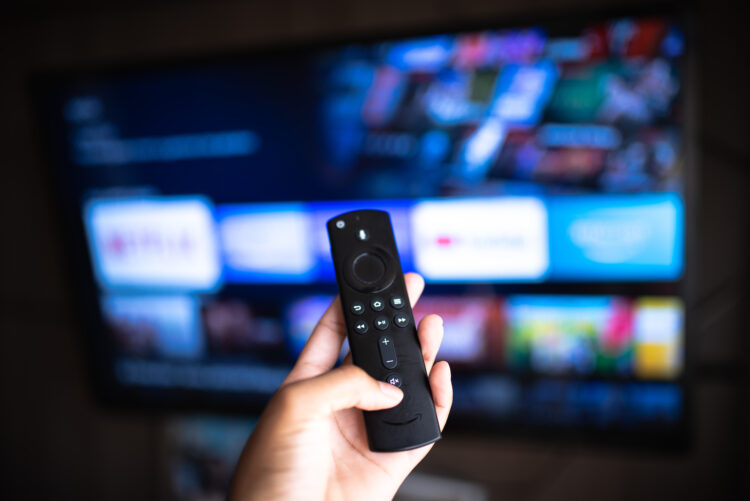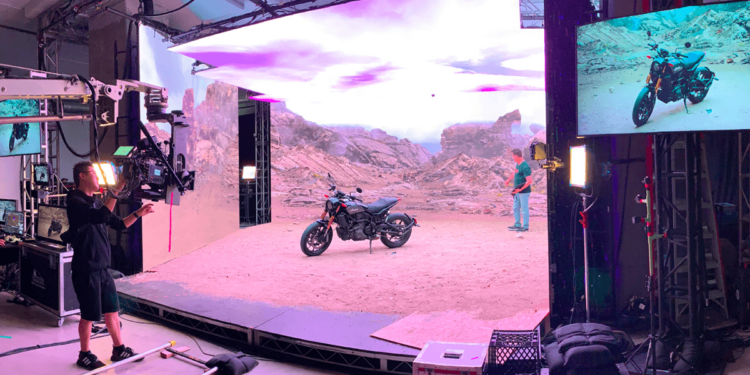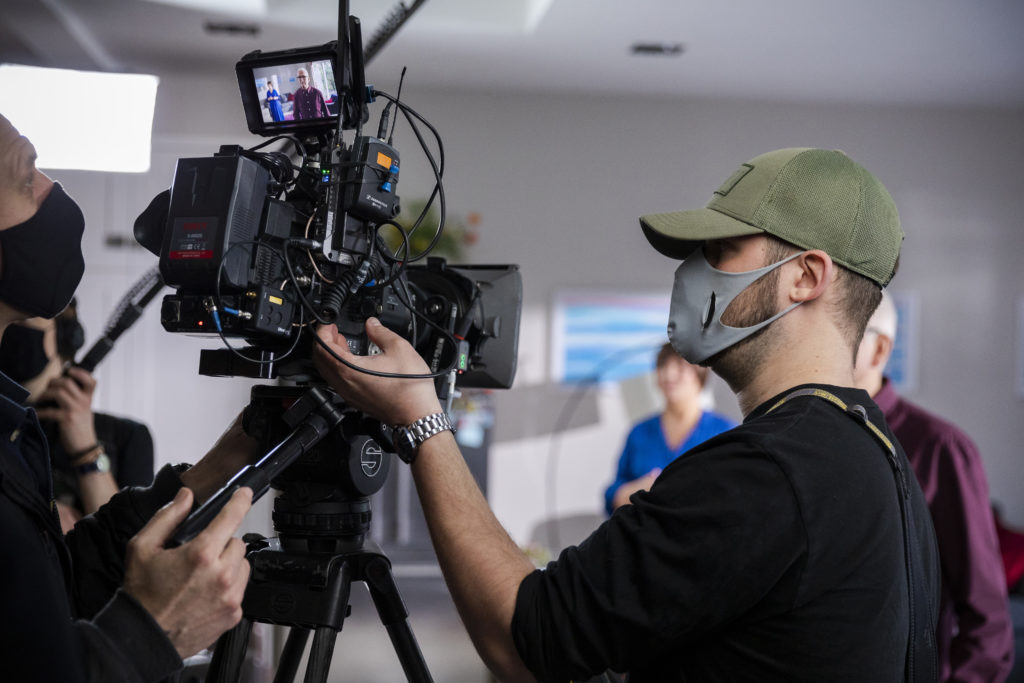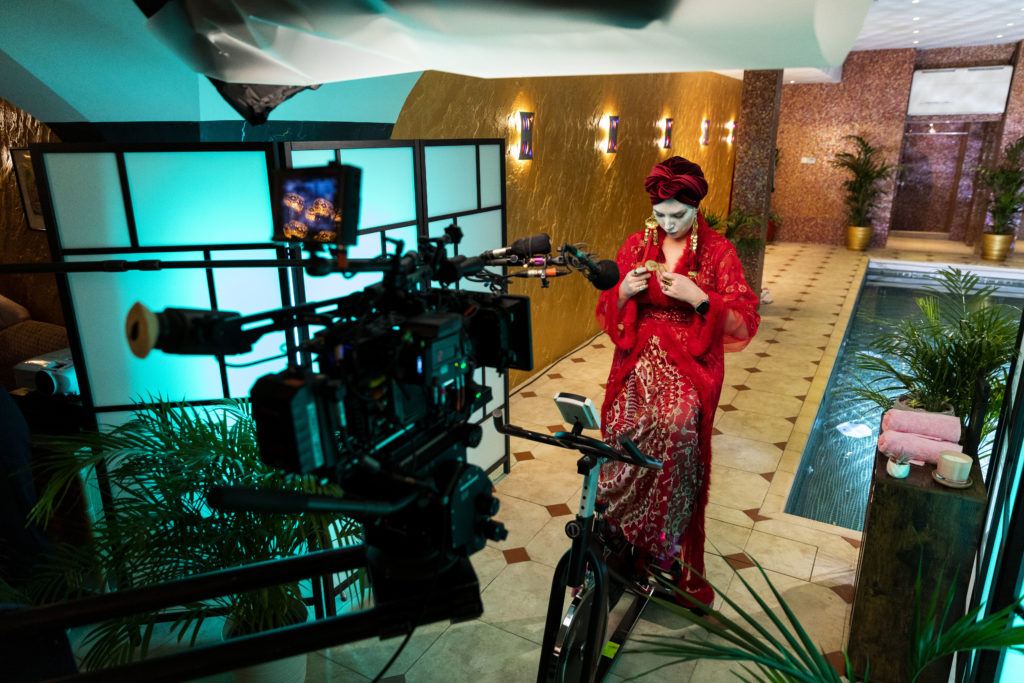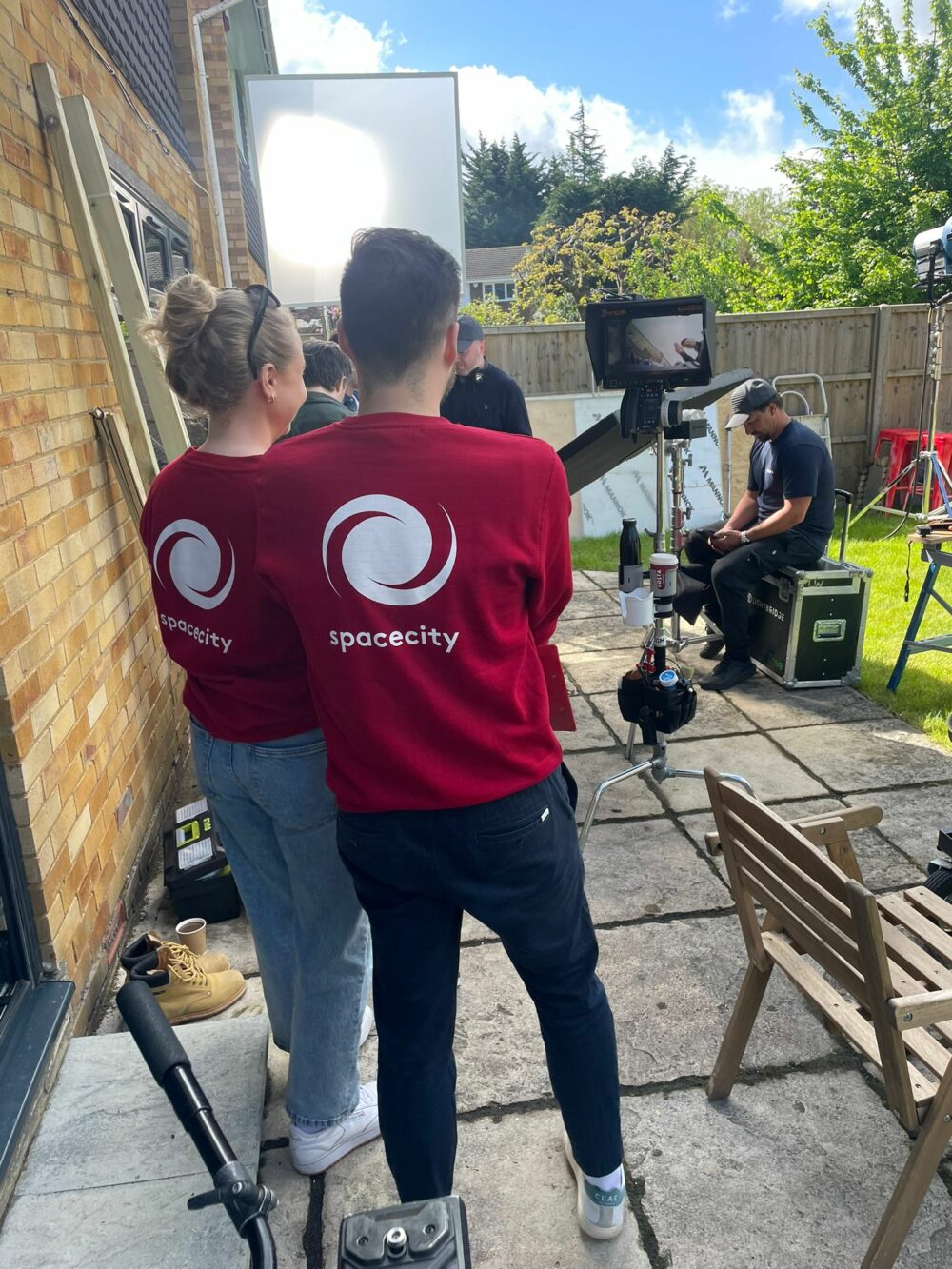With attribution the perennial concern for your business and the quality of brand driven, TV advertising, a seminal moment has passed through Nielsen
NIELSEN Has evolved to provide the integrated, intrinsic analytics service that broadcasters have been clamouring for: TV is back.
Through the integration that will incorporate the analysis of any increases in website views three and seven days after an ad has been displayed, your business can now visibly view the impact your branded campaigns are enjoying through TV.
While previously analytics could at best provide the analysis of your website and compare results with that of pre and post-TV, with gradual progression towards direct attribution, particularly when related to response campaigns.
Innovations from internal sub-brands at Adstream enabled business to have access to real-time, actionable data, without the need to wait for post-campaign analysis.
While these were steps in the direction towards online levels of transparency, the ability to enjoy instant gratification ensured that business have become reticent to utilise any means of advertising that does not incorporate instant, actionable analytics.
Online spend has surpassed that of TV for the first time, while Facebook is continuing to evolve through the integration of its own TV-style service within a sidebar on a users newsfeed: TV has had to act.
Although not directly accountable to TV, Nielsen is an ancillary force that is imperative for TV to provide the analytics necessary to satisfy the modern marketer.
Linear TV has seen advertising purchases decline as the live viewing figures have fallen slightly, what broadcasters have craved is the integrated service that includes any viewing figures from VOD and any of their online broadcasts.

Being able to provide this collective data as one source of income will once again provide further ammunition to broadcasters and agencies, as they look to reignite the ailing TV ad spends.
Ultimately your business has no care for the success of broadcasters, you are just seeking the optimal conduit to showcase your advertising, in the most accountable and measurable way possible.
Now though you can continue to advertise your business and services with confidence using TV as the driving force, knowing the work of Nielsen has facilitated maximum transparency between your TV display, effectiveness and ability to utilise programmatic.
Viewing figures of programming in general, notwithstanding the engagement that is enjoyed between ads that feature on linear and how it compares with the optimised nature of online and VOD.
Moreover the consent of platforms such as Youtube to facilitate this progress is resounding proof, and an admission from online conglomerates that TV is necessary for them to succeed.
They know in equal measure to broadcasters that through having access to the content and actual consumption and engagement figures, they can begin to optimise their own services and ad delivery to compliment what is successful.
In the short-term at least it can be the catalyst for broadcasters and media buyers to focus on initiating competition again; through the depth of viewing increasing once more, premium content will become more lucrative.
However from your business’ perspective the worry about cost increases can be allayed, in the knowledge that competition will only serve to lower the cost of upfront purchases.

Through aligning your own business with pre-determined content in the preliminary planning process, you can shape your advertising creative around programming that compliments your brand, notwithstanding other partnerships you can initiate to benefit your affirmative force.
Although programming rotates and changes in scheduling and timing, with the ability to implement server-side delivery, you can seamlessly switch your advertising creatives to suit the consumers that are being delivered to.
Furthermore the ever-increasing ubiquity of internet-enabled TVs is ensuring that the calibration of net-native ad delivery tools can be installed on linear TV metrics, creating seamless, unilateral ties between TV and online.
In this manner the negotiation between your business, interactive TV providers and online outputs can embody optimal lengths and programming augmentation, which compliment the most efficient means of access your consumers enjoy to your ads.
As a result, Nielsen has become a source of relevance again and not just to assist with some parochial online outlets in denigrating the power of TV.
The entire advertising and broadcasting industry has continued to evolve, now your business can step back into the credibility of TV, in the knowledge of its enduring and increasing power with the presence of online.
Space City has been producing TV, online and radio adverts for 25 years, specialising in response commercials that drive consumers to exterior channels and initiate short and long-term investment.
Contact the team now and ensure you lower your advertising costs by at least 20% and increase your profits by up to 140% in three years.

















